Home>Dining>Tableware>How To Remove Dishwasher Etching From Glassware
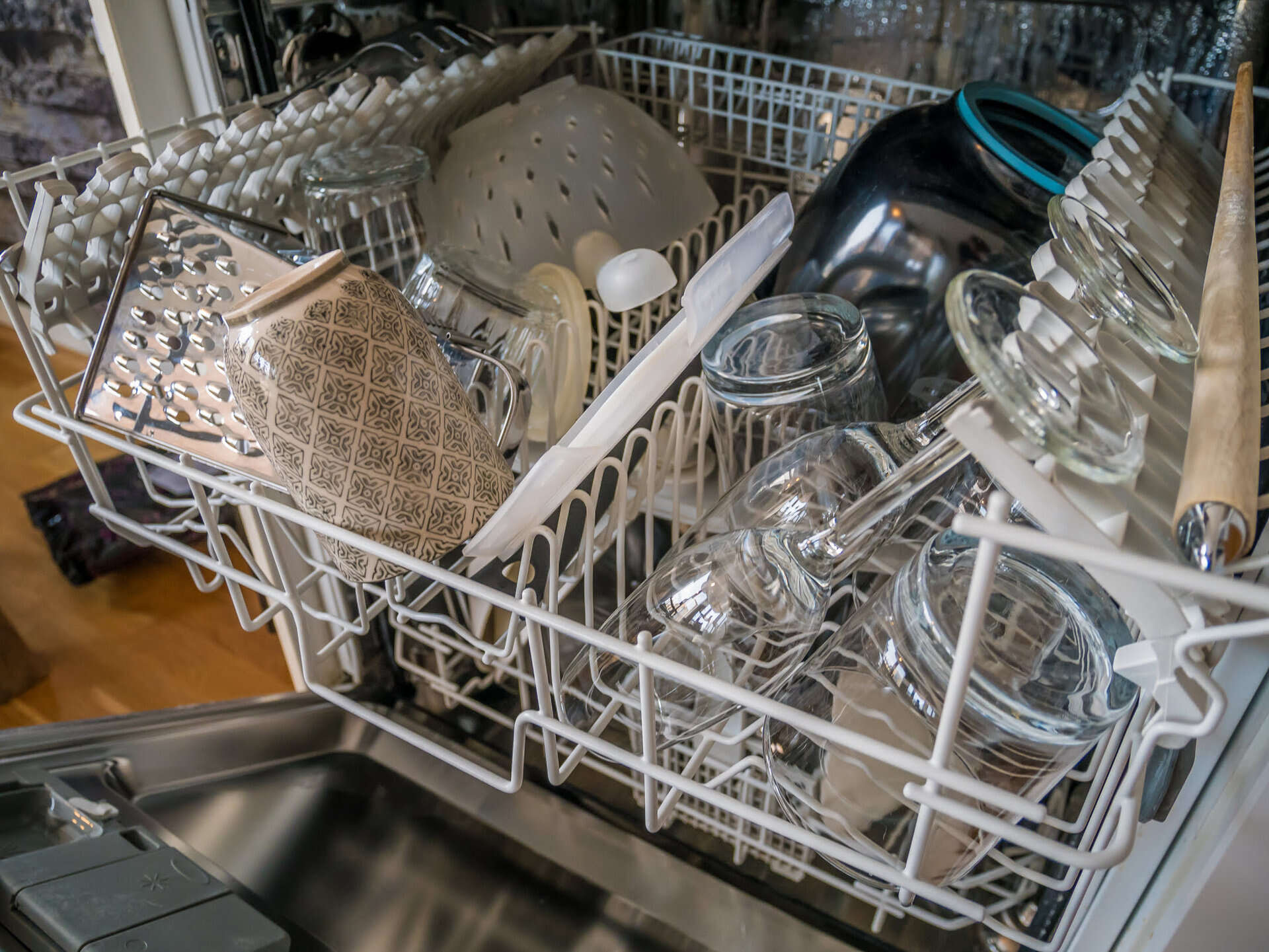

Tableware
How To Remove Dishwasher Etching From Glassware
Modified: January 18, 2024
Learn how to remove dishwasher etching from your tableware and bring back their shine with our effective tips and tricks. Protect your glassware from damage and keep them looking as good as new!
(Many of the links in this article redirect to a specific reviewed product. Your purchase of these products through affiliate links helps to generate commission for Storables.com, at no extra cost. Learn more)
Introduction
Welcome to our guide on how to remove dishwasher etching from glassware. We understand that nothing can be more frustrating than pulling out your favorite wine glasses or crystal bowls, only to find them dull and cloudy due to dishwasher etching. But fret not, we have got you covered!
Dishwasher etching occurs when glassware is repeatedly exposed to harsh detergents and high temperatures in the dishwasher. Over time, this can lead to a loss of shine and a cloudy appearance on the glassware’s surface. While it may seem like an irreversible process, with the right techniques, you can restore your glassware to its former glory.
Before diving into the removal process, it is important to first assess the damage. Not all cloudy glassware is a result of dishwasher etching. Other factors like hard water deposits or mineral buildup can also cause similar effects. By identifying the root cause, you can determine the most effective method for restoring your glassware.
Now, let’s gather the necessary supplies before we begin. You will need the following:
- Mild dishwashing soap
- White vinegar
- Baking soda
- A soft sponge or cloth
- A non-abrasive scrub brush
- Microfiber towels
With these supplies in hand, we can now proceed with the step-by-step guide on removing dishwasher etching from glassware. We will also explore alternative methods for tackling stubborn etching and provide some tips on preventing future etching.
So, let’s roll up our sleeves and get ready to bring back the sparkle to your glassware!
Key Takeaways:
- Say goodbye to cloudy glassware! Remove dishwasher etching with simple supplies like vinegar and baking soda. Restore the sparkle and prevent future damage with our expert tips.
- Assess, gather, and restore! Evaluate the damage, gather the necessary supplies, and follow our step-by-step guide to banish dishwasher etching. Keep your glassware pristine with our prevention tips.
Read more: How To Remove Etching From Glass
What Causes Dishwasher Etching
Dishwasher etching occurs when glassware is exposed to the harsh conditions inside the dishwasher. There are several factors that contribute to this phenomenon:
- High Temperatures: The hot water used in dishwashers, combined with the long drying cycle, can cause the glassware to become sensitive to the corrosive effects of chemicals in detergent.
- Aggressive Detergents: Many dishwasher detergents contain strong alkaline compounds that are effective at removing stains and grease. However, these chemicals can be harsh on delicate glassware, causing the surface to become etched and lose its shine.
- Hard Water: If your water supply has a high mineral content, known as hard water, it can contribute to dishwasher etching. The minerals, such as calcium and magnesium, can adhere to the glassware, leaving behind a cloudy residue.
- Improper Loading: Loading glassware too closely together or allowing them to touch during the dishwasher cycle can cause friction and rubbing, leading to etching on the glassware’s surface.
It’s important to note that not all glassware is equally susceptible to dishwasher etching. Thin, delicate glassware, such as wine glasses and crystal, are more prone to etching compared to thicker glassware like tumblers or mugs.
Now that you understand the causes of dishwasher etching, let’s move on to assessing the damage and determining the best approach for restoring your glassware.
Assessing the Damage
Before you begin the process of removing dishwasher etching from your glassware, it’s important to assess the extent of the damage. This will help you determine the best approach for restoration and manage your expectations.
Here are a few steps to help you assess the damage:
- Inspect the Glassware: Take a close look at the glassware and note any signs of cloudiness, scratches, or rough patches on the surface. This will give you a clear indication of the severity of the etching.
- Feel the Surface: Gently run your fingertips over the glassware’s surface. If it feels rough or textured, it is likely that the etching is deep and may be more difficult to remove completely.
- Check for Etching Patterns: Dishwasher etching often leaves behind distinctive patterns, such as cloudy streaks or spots. Pay attention to these patterns as they can help you identify the cause of the etching.
Once you have assessed the damage, it’s important to manage your expectations. Deep and severe etching may be difficult to completely remove, but you can still improve the appearance and minimize the effects.
Now that you have a clear idea of the damage, let’s proceed to gather the necessary supplies to begin the restoration process.
Preparing the Necessary Supplies
Now that you have assessed the damage to your glassware, it’s time to gather the necessary supplies for removing dishwasher etching. Here’s a list of what you’ll need:
- Mild Dishwashing Soap: Choose a gentle dishwashing soap that is free from harsh chemicals and fragrances. This will be used to clean the glassware before and after the etching removal process.
- White Vinegar: Vinegar is an effective natural cleaner that can help remove mineral deposits and restore the shine to your glassware. It will be used in the etching removal process.
- Baking Soda: Baking soda is a gentle abrasive that can help remove stains and residue from glassware. It will be used in conjunction with other cleaning agents during the etching removal process.
- A Soft Sponge or Cloth: Use a soft sponge or cloth to gently clean the glassware and apply the cleaning solutions. Avoid using abrasive scrubbers or brushes that could further damage the glassware.
- A Non-Abrasive Scrub Brush: If needed, you can use a non-abrasive scrub brush to gently scrub away stubborn stains or residue. Make sure the brush is specifically designed for delicate surfaces.
- Microfiber Towels: Microfiber towels are ideal for drying glassware without leaving behind lint or streaks. These will be used after cleaning and restoring the glassware.
Having these supplies ready will ensure a smooth and effective process of removing dishwasher etching from your glassware. With the prep work complete, let’s move on to the step-by-step guide on how to remove the etching.
Soak the etched glassware in a solution of equal parts white vinegar and water for 30 minutes, then scrub with a non-abrasive sponge. Repeat if necessary.
Step-by-Step Guide to Removing Dishwasher Etching
Now that you have gathered the necessary supplies, it’s time to delve into the step-by-step guide on how to remove dishwasher etching from your glassware. Follow these instructions to restore the shine and clarity to your glassware:
- Clean the Glassware: Start by giving your glassware a thorough cleaning using mild dishwashing soap and warm water. This will help remove any surface dirt and debris.
- Create a Vinegar Solution: Fill a clean sink or basin with a mixture of equal parts white vinegar and warm water. Submerge the etched glassware in the solution, making sure it is completely covered. Let it soak for about 15-20 minutes to loosen the mineral deposits causing the etching.
- Gently Scrub the Glassware: Using a soft sponge or cloth, gently scrub the glassware to remove any remaining residue. Pay extra attention to the areas with etching. Avoid scrubbing too vigorously to prevent further damage to the glassware.
- Apply Baking Soda Paste: Create a paste by mixing baking soda with a small amount of water. Apply the paste to the affected areas on the glassware and let it sit for a few minutes. Baking soda acts as a mild abrasive and helps remove stains and residue.
- Gently Scrub Again: Using the soft sponge or cloth, gently scrub the glassware again, focusing on the areas with the baking soda paste. Rinse the glassware thoroughly with warm water.
- Dry the Glassware: Use a clean microfiber towel to dry the glassware gently. Avoid air-drying as it can lead to water spots or streaks.
- Inspect and Repeat if Necessary: After the glassware is dry, inspect it closely to see if the etching has improved. If necessary, you can repeat the process or try alternative methods mentioned later in this article.
- Polish the Glassware: To further enhance the shine and clarity of the glassware, you can use a glass polishing cloth or a small amount of olive oil applied with a soft cloth. This will help give the glassware a brilliant and appealing finish.
Remember, patience is key during this process. Removing dishwasher etching may require multiple attempts, especially for deep etching. Take your time and be gentle with the glassware to avoid causing any additional damage.
Now that you have successfully removed the dishwasher etching, let’s explore alternative methods for tackling stubborn etching, just in case the initial process didn’t yield the desired results.
Read more: How To Remove Cloudiness From Glassware
Alternative Methods for Removing Dishwasher Etching
If the step-by-step guide mentioned earlier didn’t completely remove the dishwasher etching from your glassware, don’t worry! There are alternative methods you can try to tackle stubborn etching. Here are a few additional approaches:
- Commercial Glass Cleaners: Look for specialized glass cleaners that are formulated to remove tough stains and etching. These cleaners often contain gentle abrasives that can help restore the clarity of your glassware. Follow the instructions on the product label for best results.
- Lemon Juice and Salt Scrub: Create a paste by mixing lemon juice and salt. Apply the paste to the etched areas and gently scrub with a soft sponge or cloth. The acid in the lemon juice and the abrasive nature of the salt can help diminish the appearance of etching over time. Rinse and dry the glassware thoroughly afterwards.
- Toothpaste: Non-gel toothpaste can be effectively used to polish away mild etching. Apply a small amount of toothpaste to the affected areas and gently rub with a soft cloth. Rinse the glassware thoroughly and dry it with a microfiber towel.
- Cream of Tartar: Create a paste by mixing cream of tartar with water and apply it to the etched areas. Let it sit for a few minutes, then gently scrub with a soft sponge or cloth. Rinse the glassware well and dry it thoroughly.
It’s important to remember that these alternative methods may not completely eliminate deep or severe etching, but they can help improve the appearance and minimize the effects. Always test these methods on a small, inconspicuous area of the glassware before applying them to the entire surface.
If the etching is still stubborn and difficult to remove, it may be time to consider professional glassware restoration services. Experts in the field can utilize advanced techniques to restore the glassware to its original condition.
Now that we have explored alternative approaches, let’s move on to some tips for preventing dishwasher etching in the first place.
Tips for Preventing Dishwasher Etching
Prevention is always better than cure. To avoid dishwasher etching and keep your glassware looking pristine, here are some helpful tips to follow:
- Hand Wash Delicate Glassware: If you have delicate or valuable glassware, consider hand washing them instead of using the dishwasher. Hand washing allows you to have more control over the cleaning process and reduces the risk of damage.
- Load Glassware Properly: When loading your glassware into the dishwasher, make sure to space them out and avoid overcrowding. This will prevent rubbing and friction that can lead to etching. Place glassware away from any sharp utensils or dishes that could potentially cause damage.
- Use Gentle Detergents: Opt for mild or gentle dishwasher detergents that are specifically formulated for glassware. Avoid detergent with harsh chemicals that can contribute to etching. Look for detergents that are labeled as safe for delicate items.
- Lower Water Temperature: Reduce the water temperature on your dishwasher, if possible. High temperatures can accelerate the etching process, so using lower water temperatures can help mitigate the risk. However, ensure that your dishwasher’s water temperature is still effective at cleaning and sanitizing your dishes.
- Use a Rinse Aid: Adding a rinse aid to your dishwasher can help minimize water spots and residue on your glassware. It can also improve drying performance, reducing the need for prolonged exposure to heat, which can contribute to etching.
- Pre-Rinse Glasses: If your glassware has any food or drink residue on them, give them a quick rinse before placing them in the dishwasher. This will help remove any acidic or abrasive substances that can worsen etching.
- Regularly Clean the Dishwasher: Keep your dishwasher clean by running regular cleaning cycles. This will prevent any buildup of mineral deposits or detergent residue that could transfer onto your glassware.
- Invest in Water Softening Solutions: If you have hard water, consider using water softening solutions or installing a water softener system in your home. Softened water can significantly reduce the mineral content that contributes to etching.
By following these preventive measures, you can prolong the life and maintain the beauty of your glassware, keeping them free from dishwasher etching.
Now that you are armed with valuable tips and techniques, you can confidently restore your glassware and prevent future dishwasher etching. Remember to handle your glassware with care and use the appropriate cleaning methods to ensure their longevity.
Happy cleaning and enjoy your sparkling glassware!
Conclusion
Dealing with dishwasher etching on your beloved glassware can be frustrating, but with the right knowledge and techniques, you can restore their beauty and prevent further damage. By following the steps outlined in this guide, you can effectively remove dishwasher etching and bring back the shine and clarity to your glassware.
Remember to assess the damage, gather the necessary supplies, and follow the step-by-step process carefully. If the initial method doesn’t completely eliminate the etching, there are alternative methods and professional restoration services you can consider.
Additionally, implementing preventive measures can help you avoid future dishwasher etching. Hand washing delicate glassware, loading the dishwasher properly, using gentle detergents, and lowering water temperature are just a few ways to maintain the integrity of your glassware.
By taking the time to care for your glassware and being mindful of the cleaning process, you can enjoy stunning glassware that adds elegance to your dining experience for years to come.
So, roll up your sleeves, gather your supplies, and get ready to bid farewell to dishwasher etching. With the tips and techniques provided, you are well on your way to restoring the brilliance of your glassware and preserving their beauty for future enjoyment.
Happy cleaning!
Frequently Asked Questions about How To Remove Dishwasher Etching From Glassware
Was this page helpful?
At Storables.com, we guarantee accurate and reliable information. Our content, validated by Expert Board Contributors, is crafted following stringent Editorial Policies. We're committed to providing you with well-researched, expert-backed insights for all your informational needs.
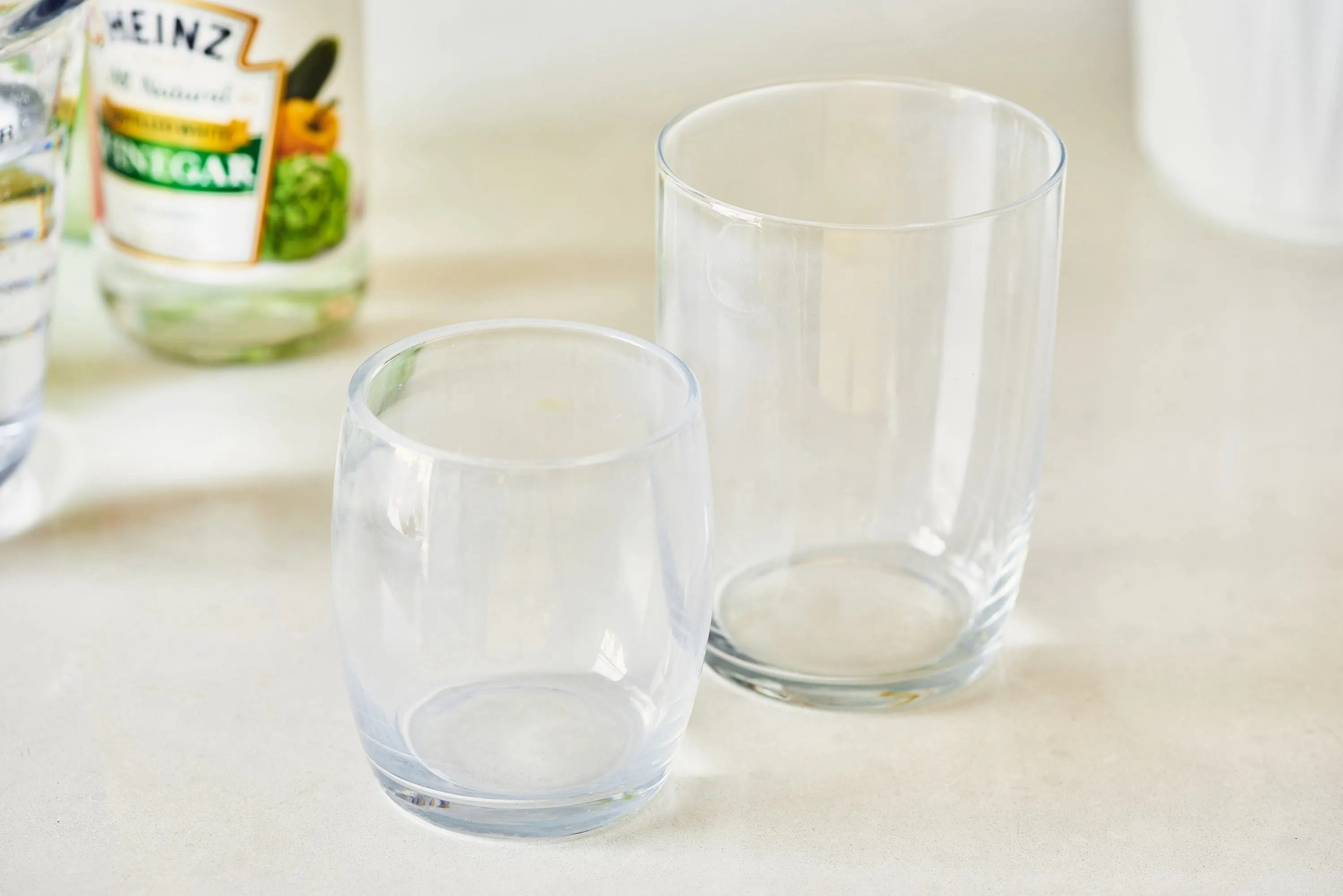
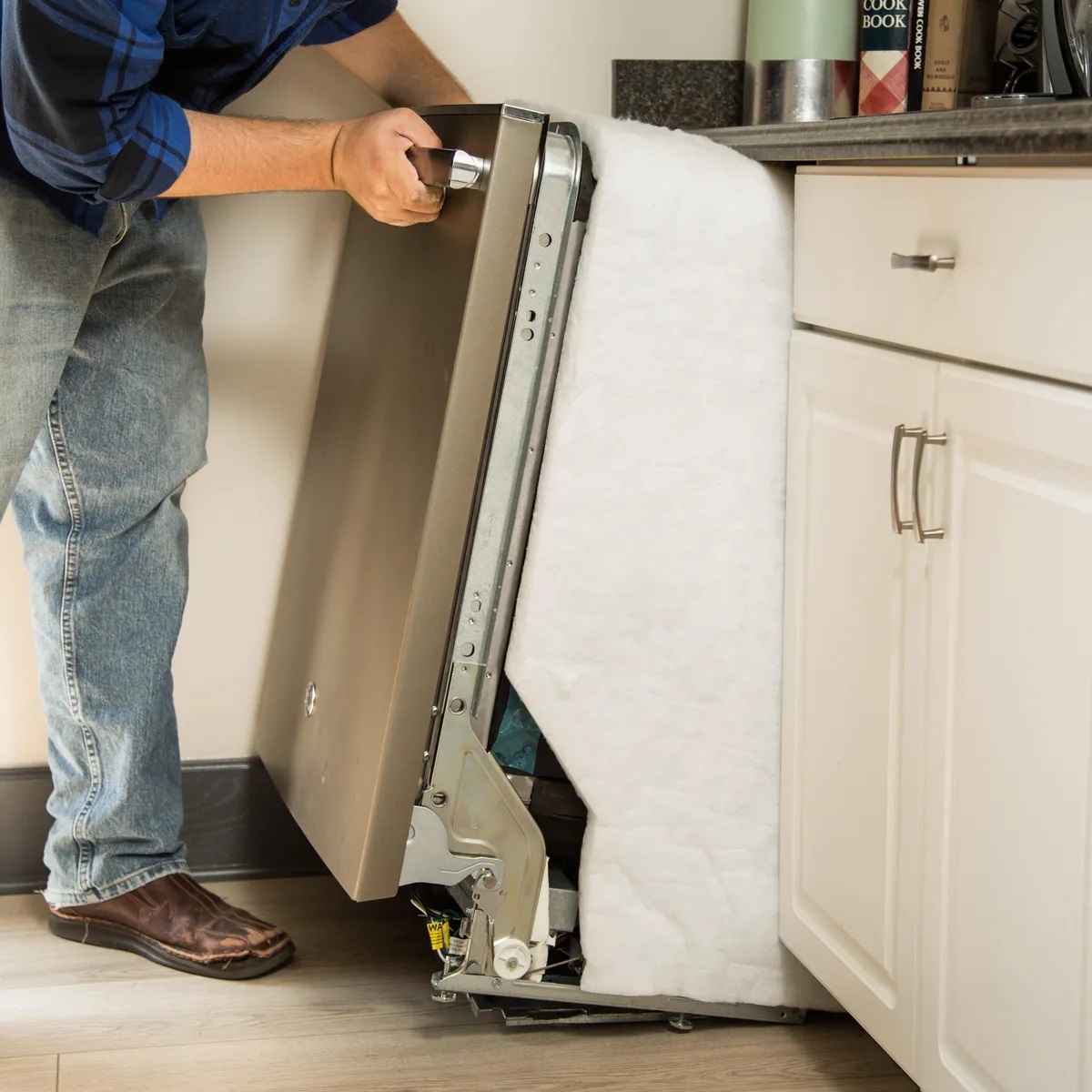
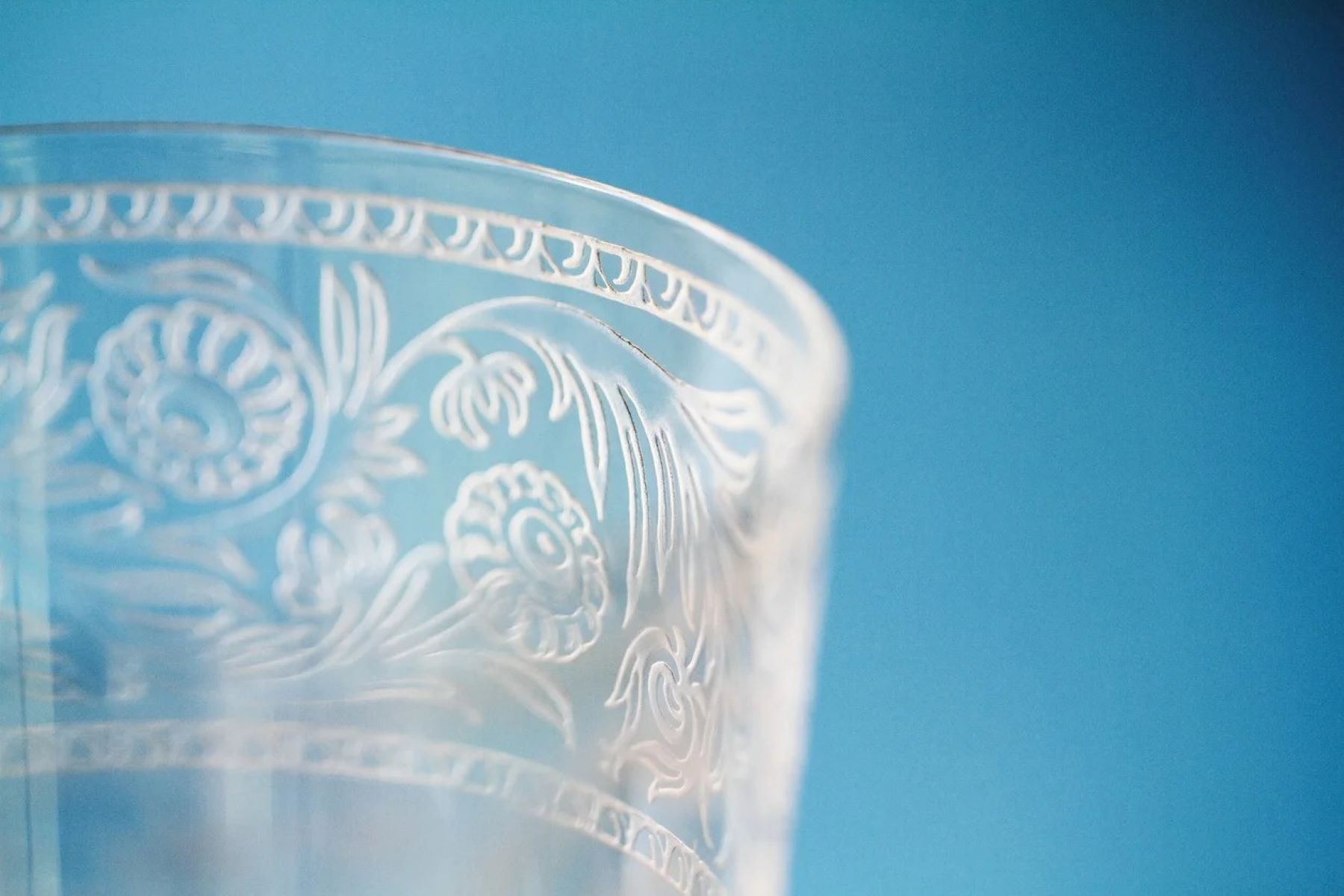
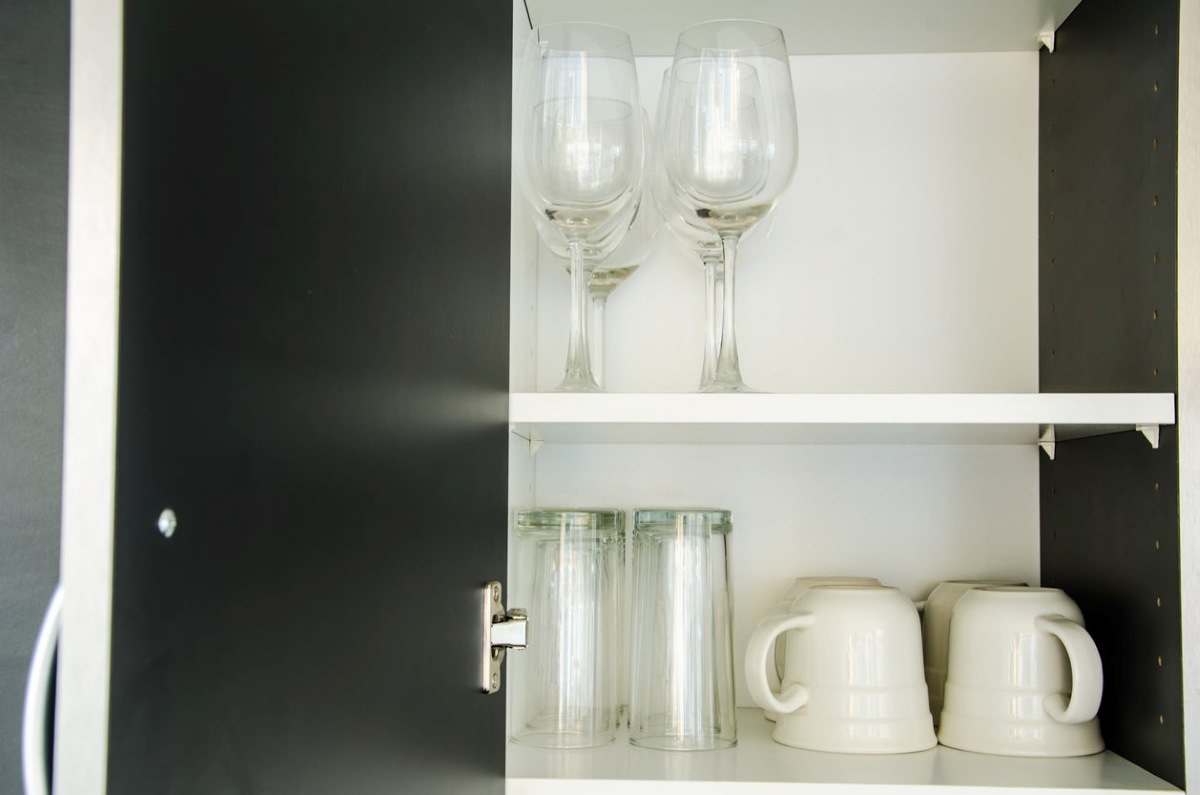
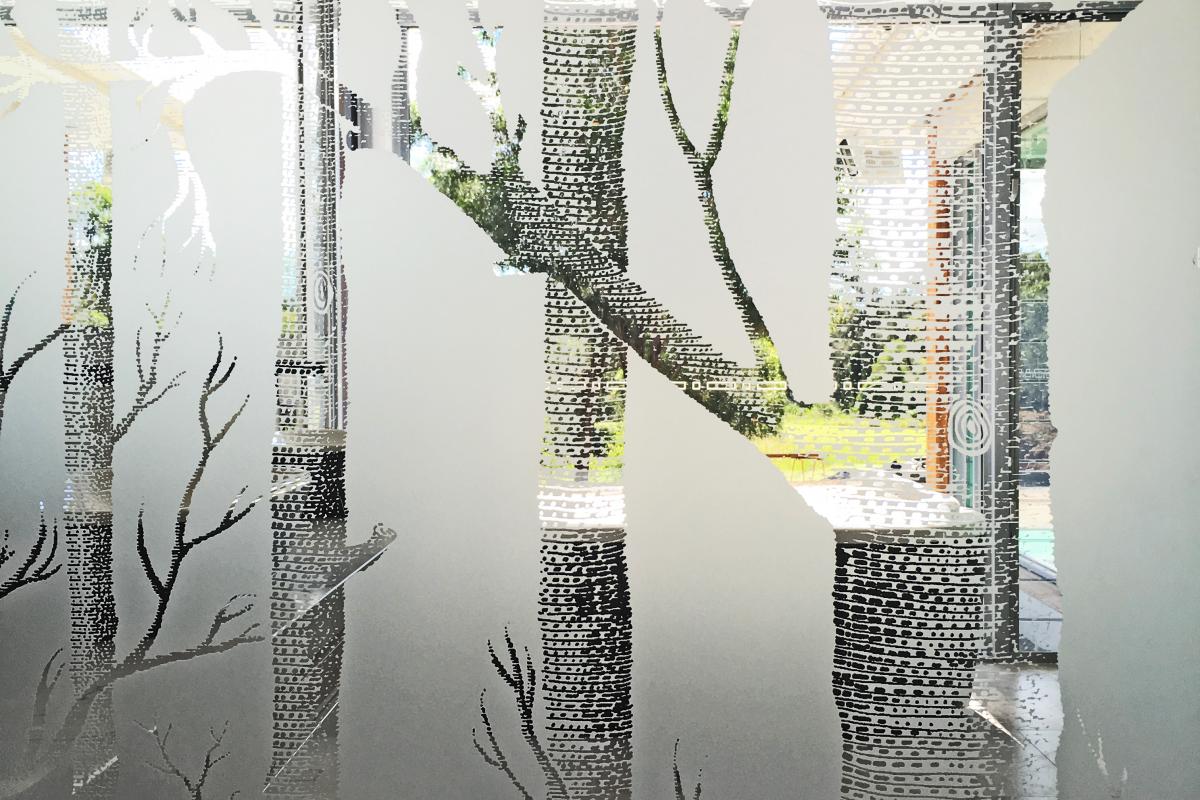
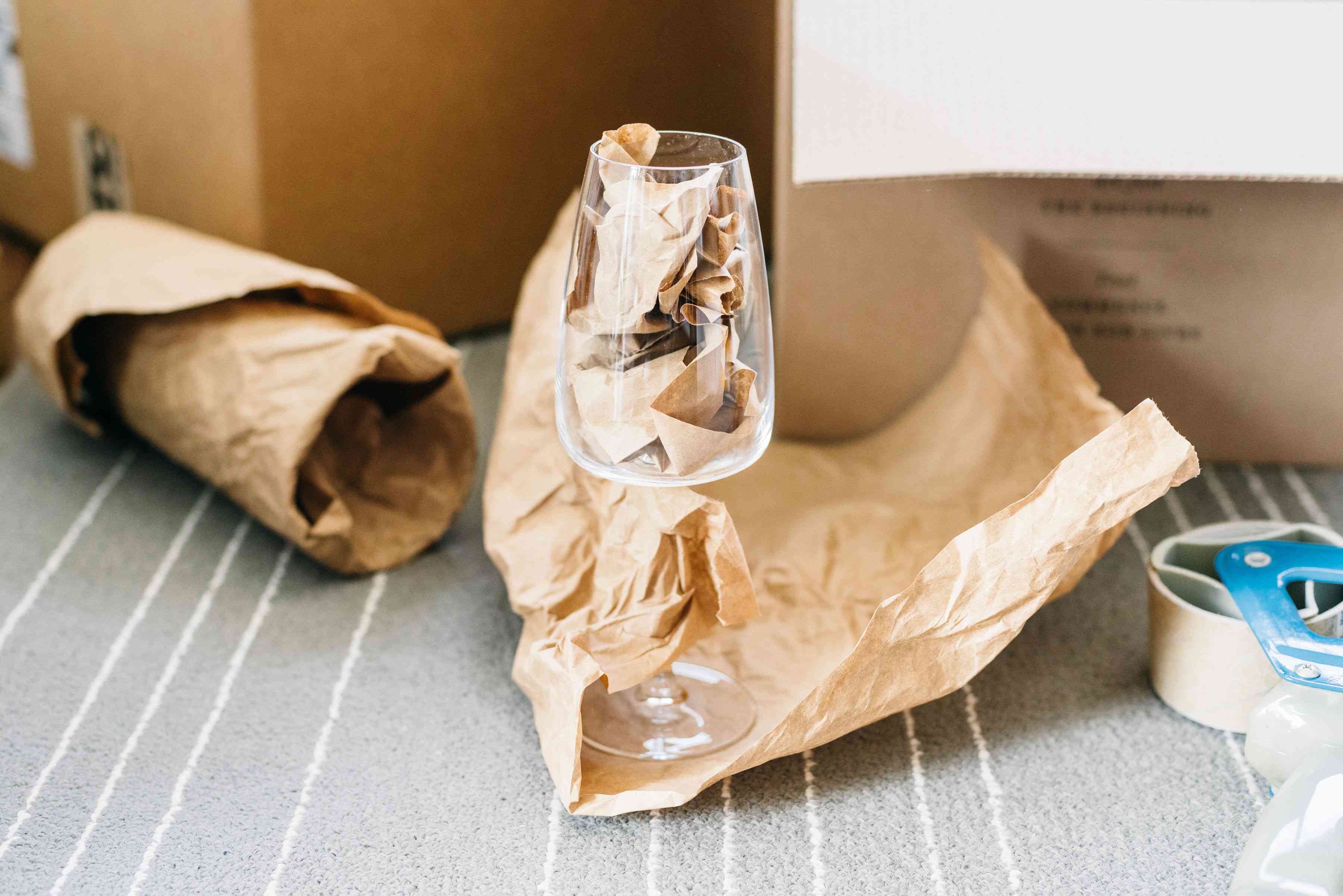
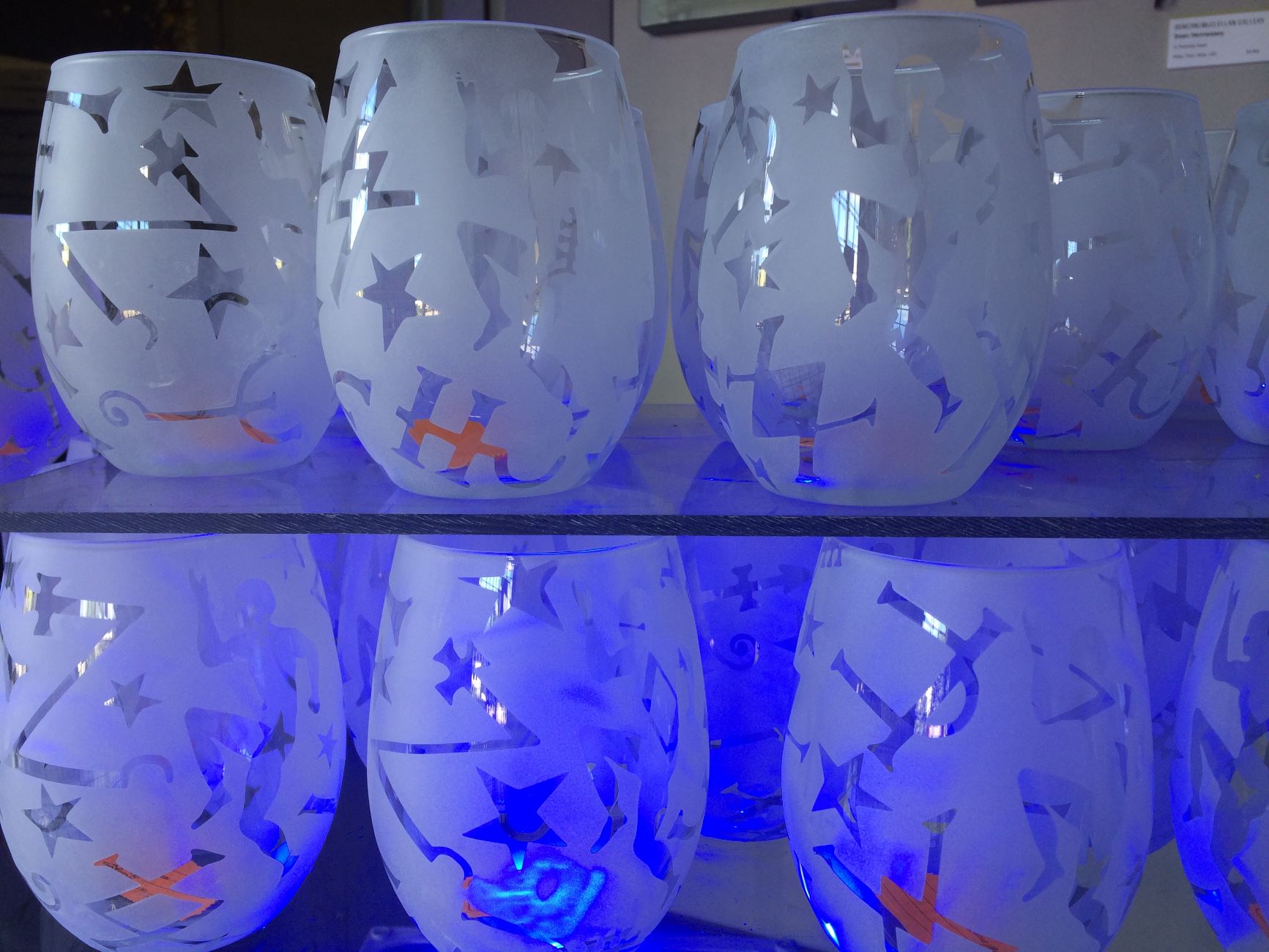
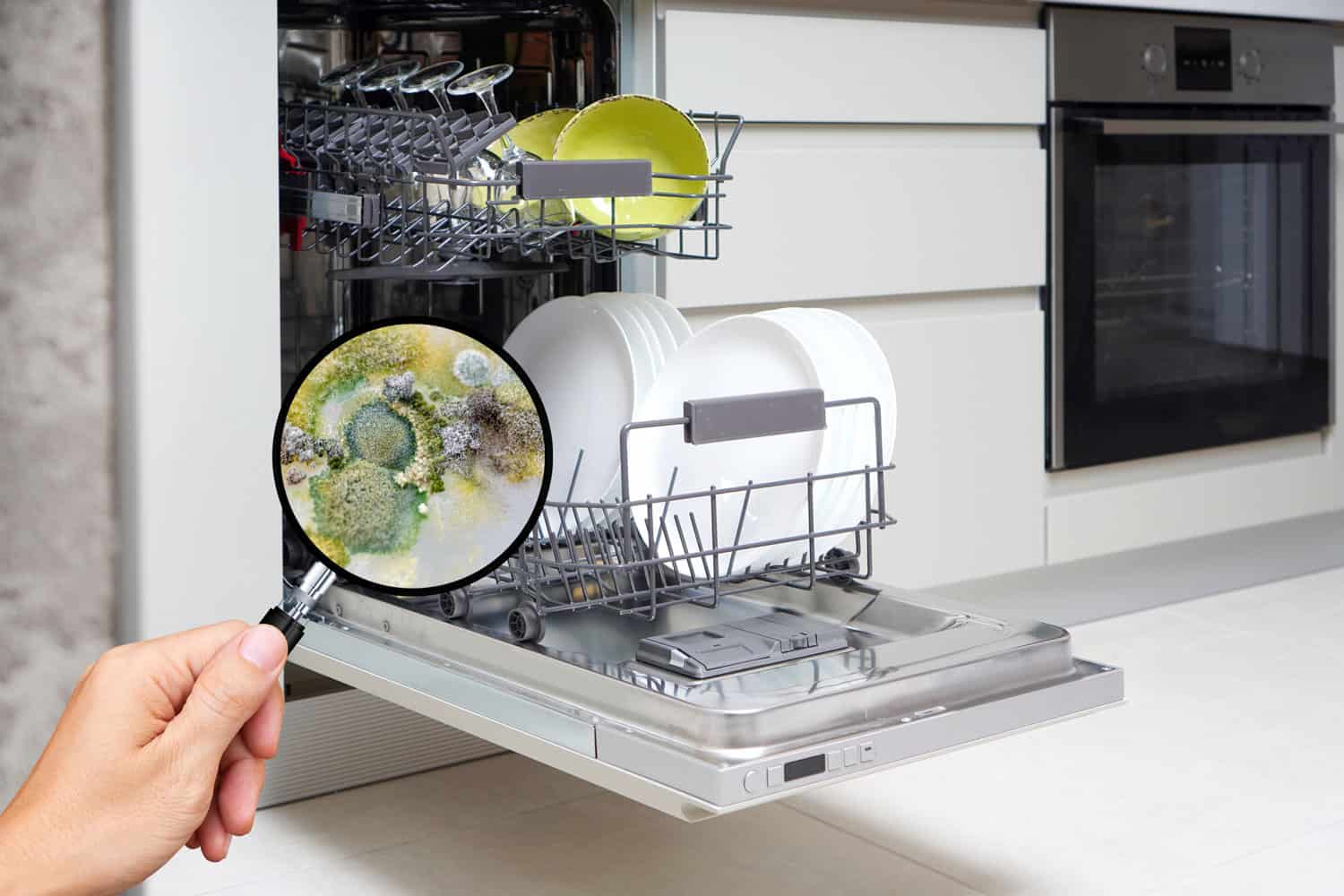
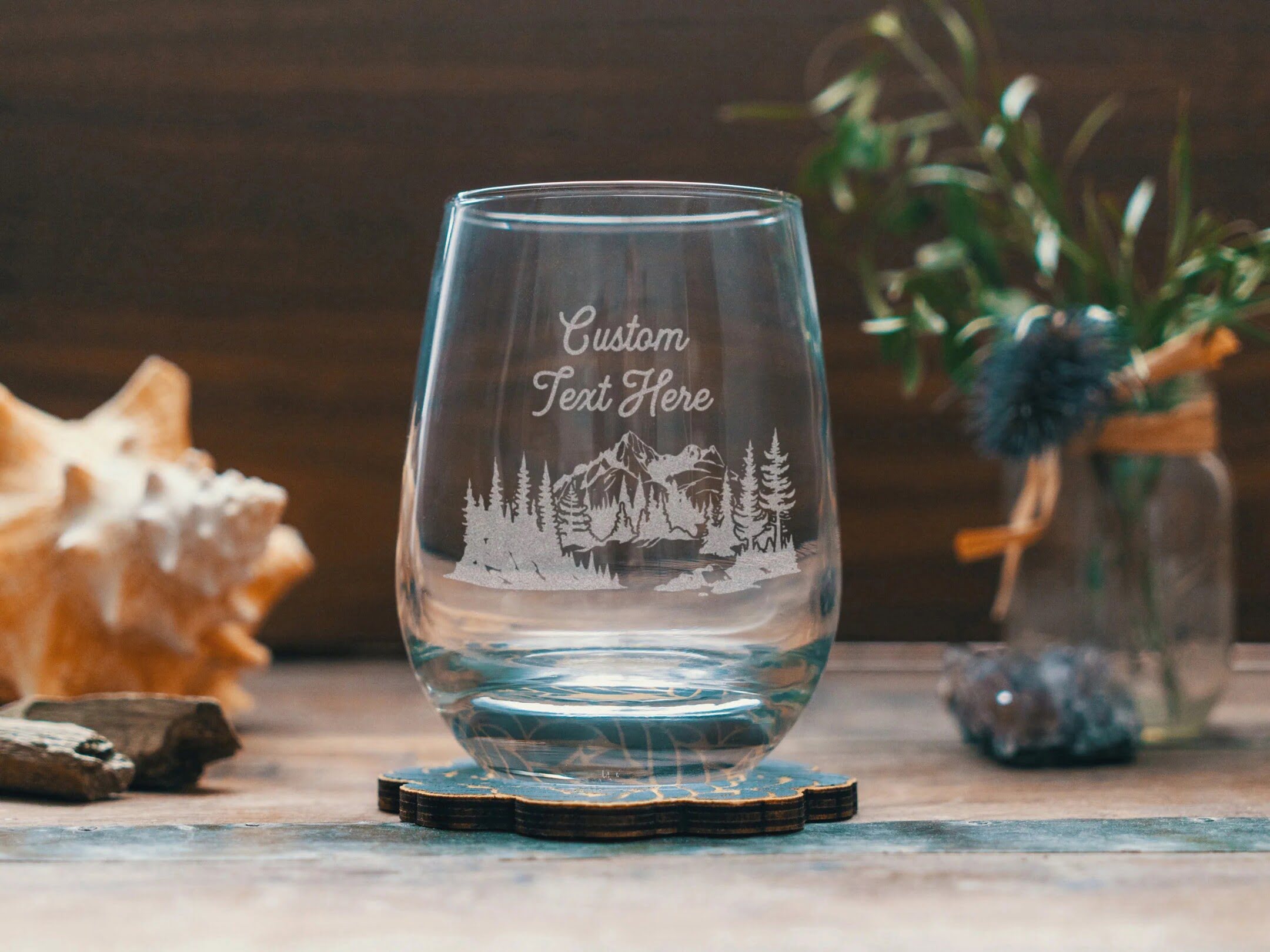
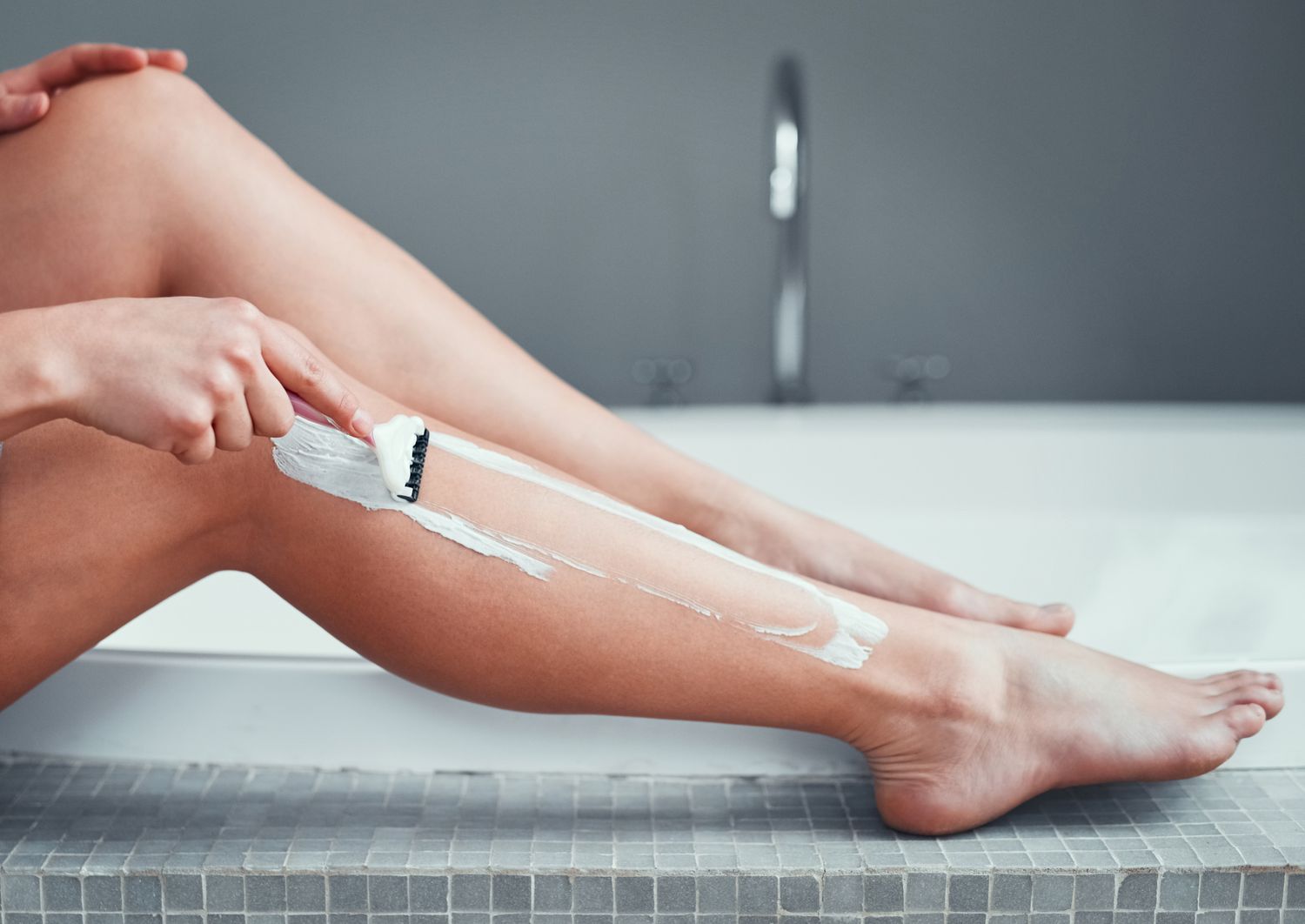
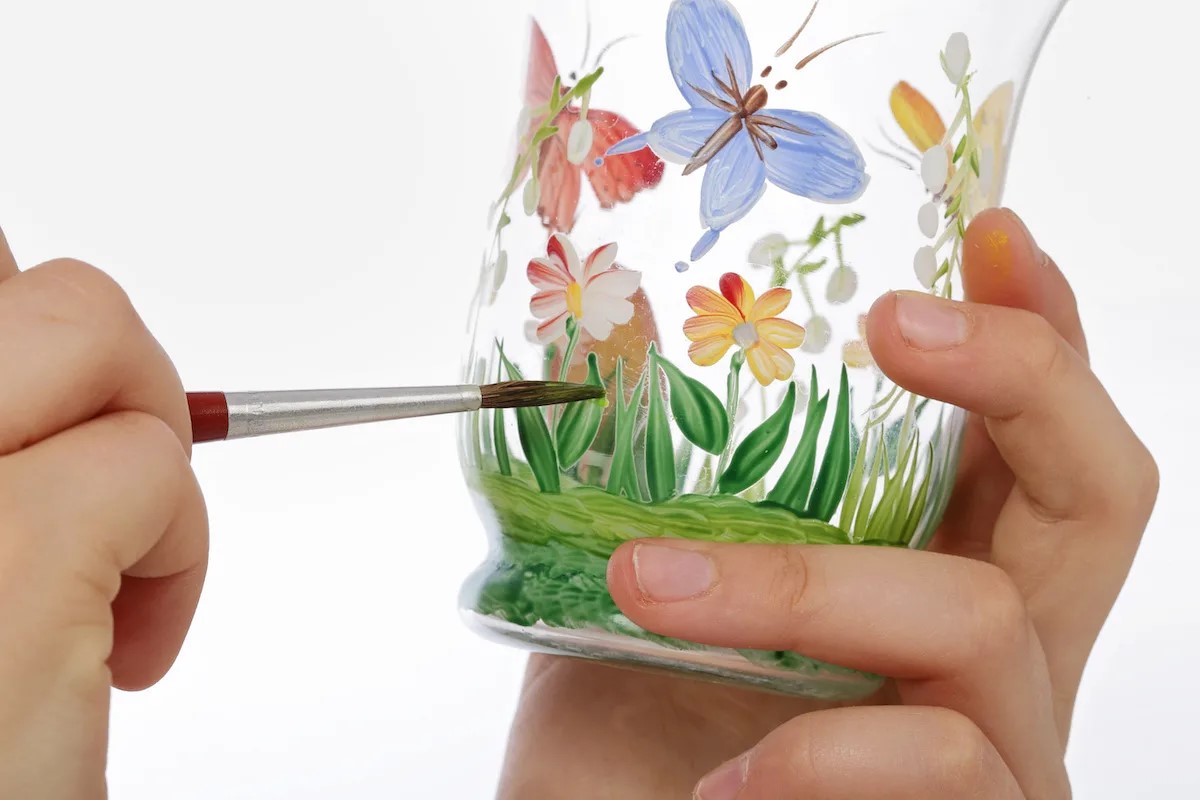
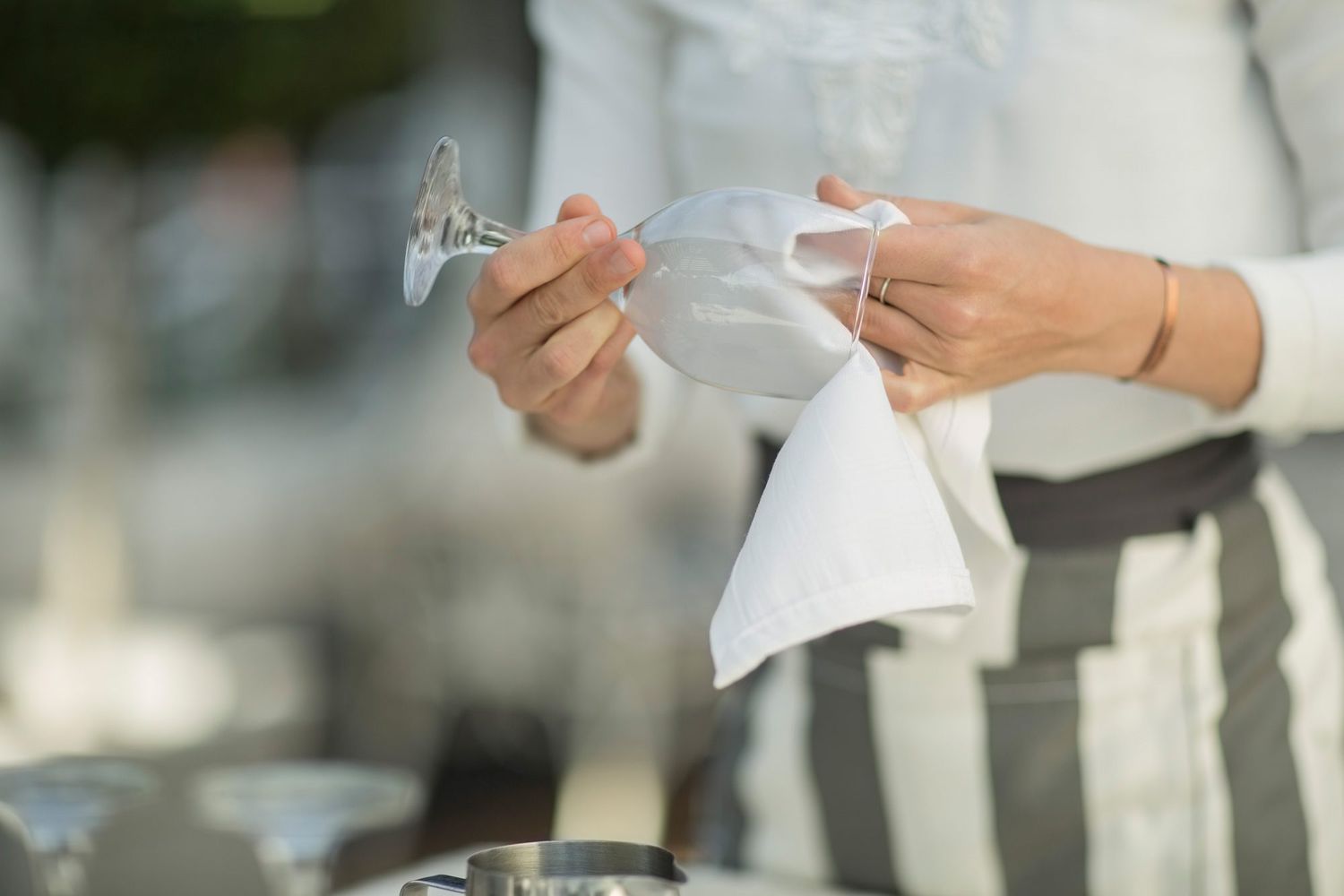
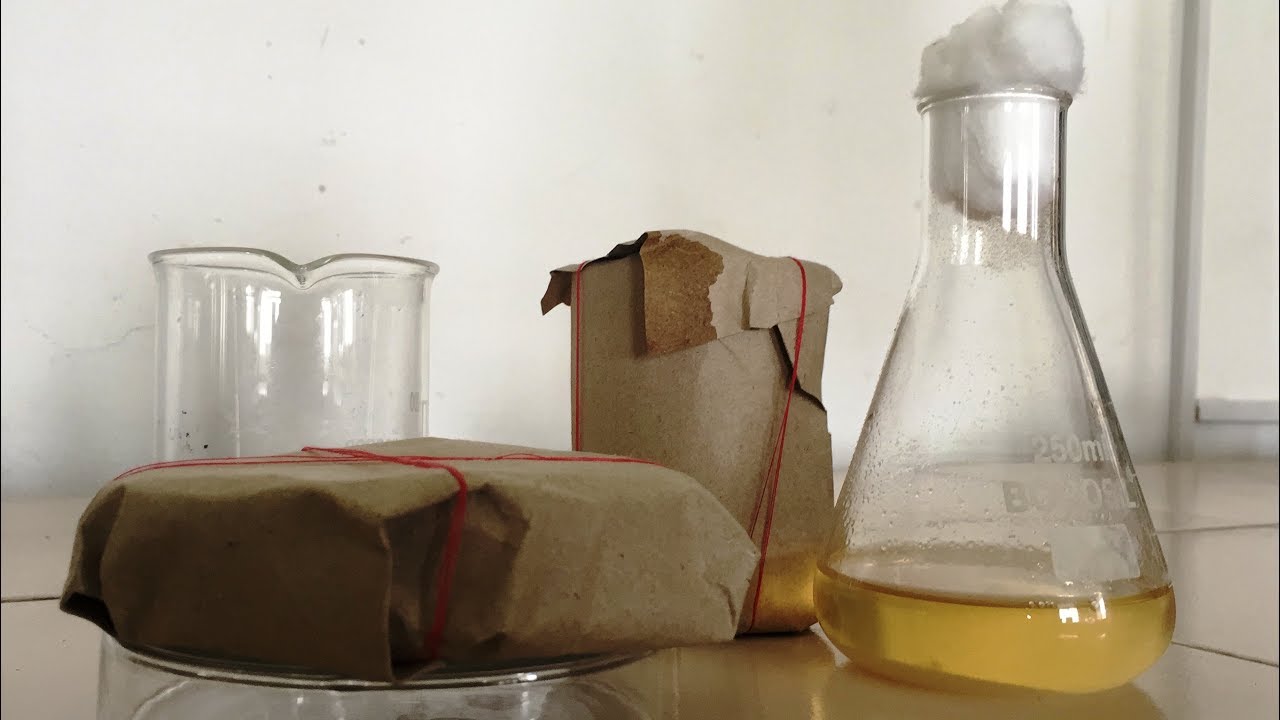
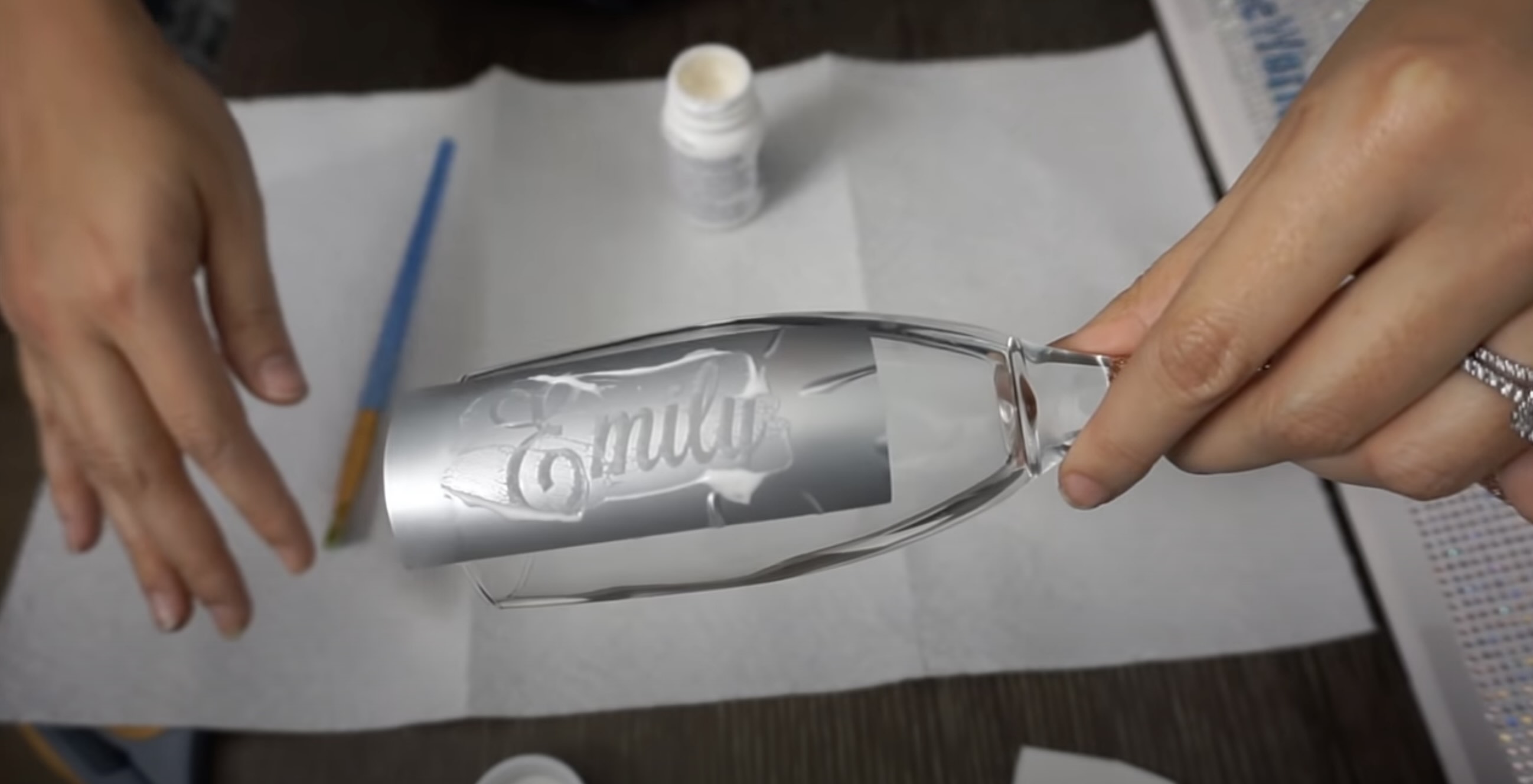

0 thoughts on “How To Remove Dishwasher Etching From Glassware”